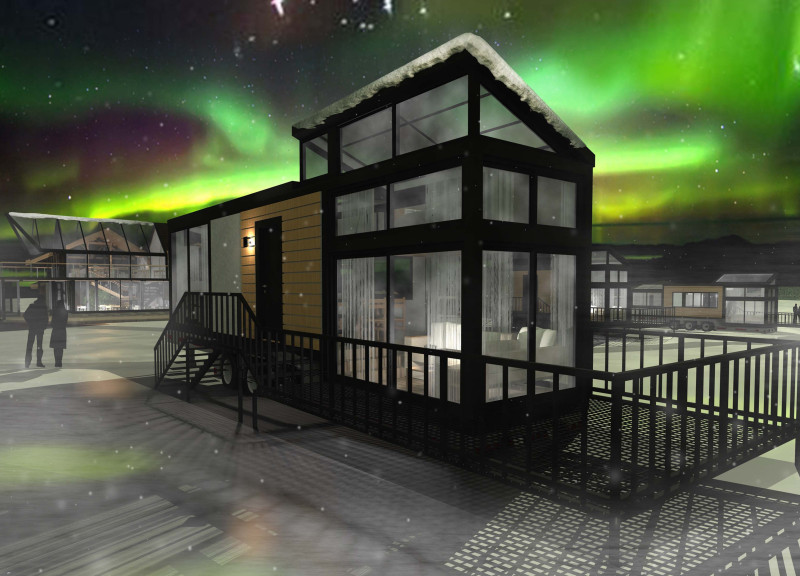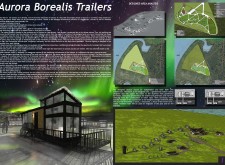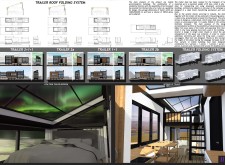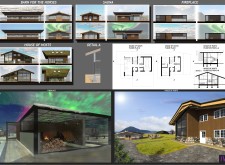5 key facts about this project
At its core, the structure is designed to function as a community hub, tasked with fostering social interaction and providing multifunctional spaces that cater to a diverse range of activities. This could include areas for gatherings, educational programs, and cultural exhibitions, illustrating a commitment to inclusivity and community engagement. The arrangement of spaces is purposeful, facilitating fluid movement and seamless transitions between different programmatic elements, which enhances the overall user experience. By prioritizing accessible and adaptable frameworks, the design ensures that the space can evolve with the community’s needs over time.
A unique aspect of this architectural design is its focus on materiality. The project employs a mix of concrete, glass, wood, and steel, each chosen for its properties and aesthetic contribution. Concrete serves as an enduring structural base, providing stability and thermal mass, while expansive glass facades invite natural light and promote an indoor-outdoor connection. The use of wood introduces warmth and a tactile quality to the interior, creating inviting spaces that encourage user interaction. Steel beams may be utilized for their structural integrity, allowing for open interiors that enhance flexibility in usage.
The design takes on a biophilic approach, integrating natural elements to create a sense of tranquility and connection to the surrounding environment. This might include features such as green walls, which not only add visual interest but also improve air quality and create a microclimate that benefits the building’s occupants. Outdoor spaces could be thoughtfully landscaped with indigenous plants, further reinforcing the project’s commitment to environmental sensitivity and ecological harmony.
Attention to detail resonates throughout the architectural design. Facade treatments may utilize shading devices that minimize solar gain while maximizing daylight penetration, enhancing energy efficiency. Inside, careful consideration is given to acoustics, ensuring that spaces are conducive to communication and collaboration. The layout may incorporate open areas alongside intimate nooks, providing varied environments that cater to the diverse needs and preferences of users.
This project distinguishes itself through its innovative design approaches that respond to both immediate context and broader societal challenges. By integrating sustainable practices with aesthetic considerations, the design serves as a community-oriented model that educators, designers, and city planners alike can draw inspiration from. Its emphasis on flexible design ensures that it remains relevant and functional as community dynamics evolve.
Exploring the architectural plans, sections, and other relevant architectural details will offer deeper insights into the project's execution and its underlying principles. By examining these elements, readers can appreciate how the design intricately weaves together functionality, sustainability, and community engagement, providing a clear example of contemporary architecture that is both relevant and responsive to its environment.


























